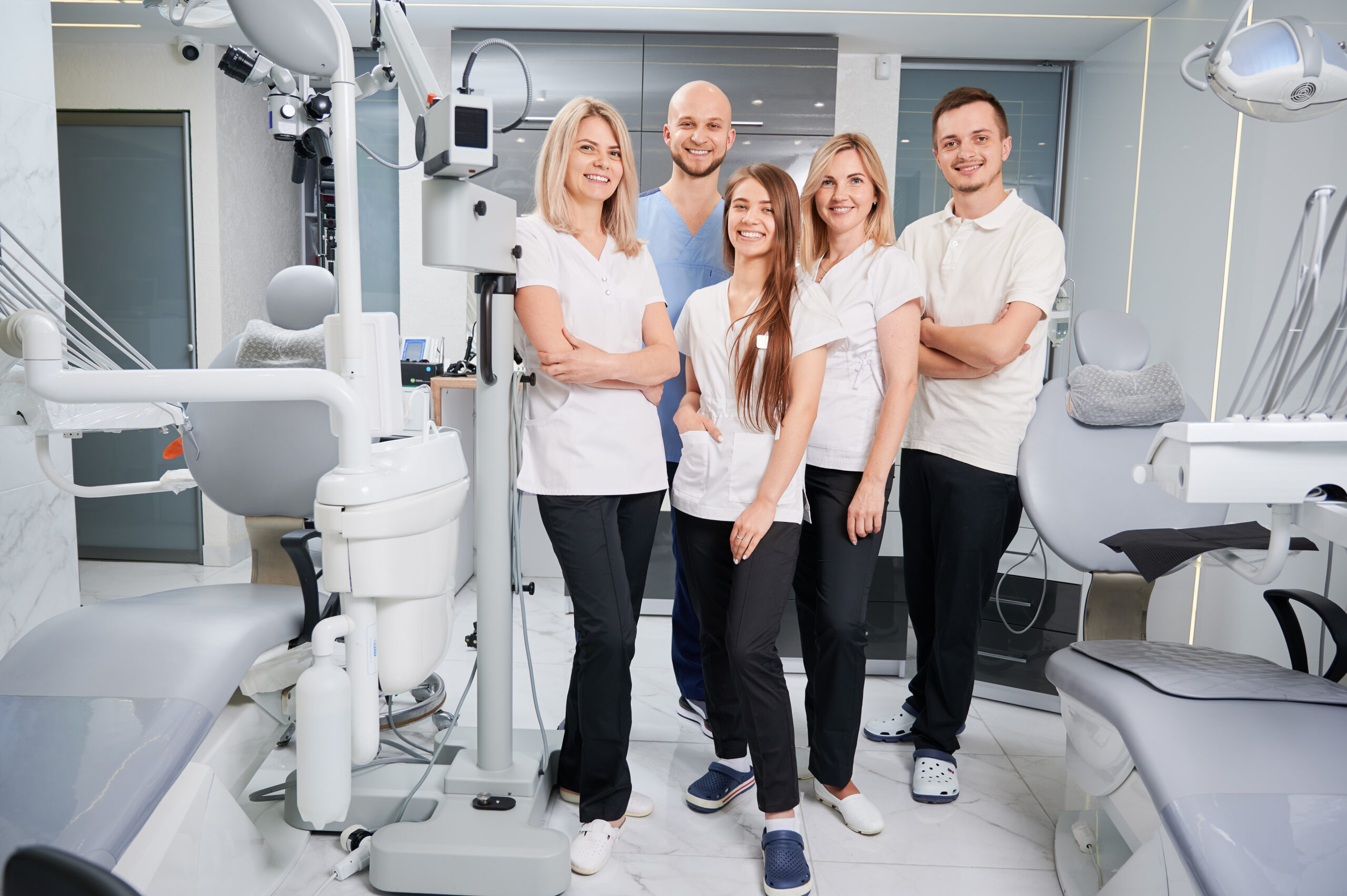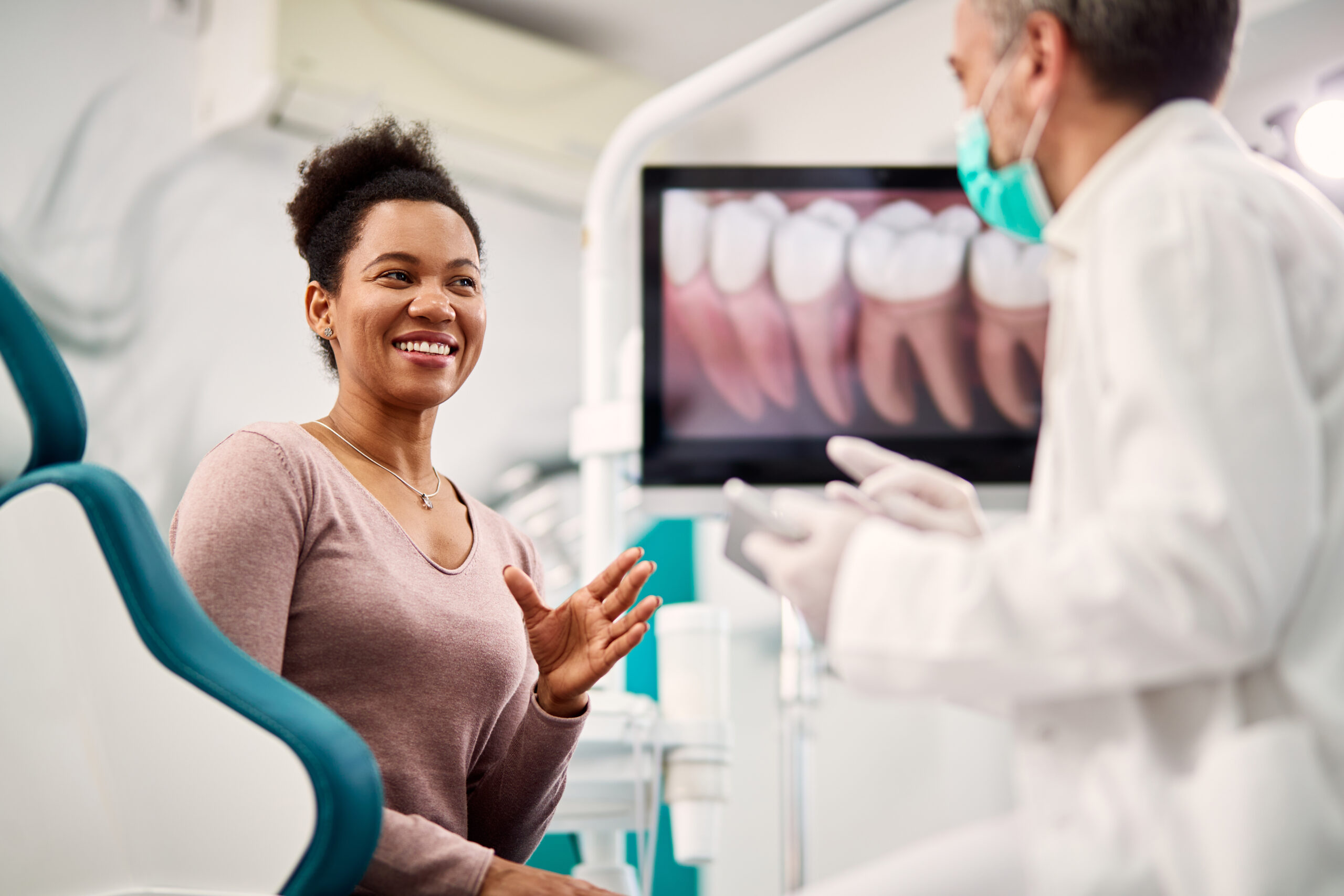Tailoring Your Dental Treatment Presentations to the Patient’s Learning Style
By Gary M. DeWood, DDS, MS
You’ve carefully diagnosed a patient’s dental needs and crafted the perfect treatment plan. The patient seemed interested and engaged; they seemed to be asking for the treatment. But when you present it, their eyes glaze over, questions remain unanswered, and commitment seems distant. This scenario is all too familiar. But what if, like Disney creating unforgettable experiences, you could make your treatment presentations clear, engaging, and tailored to different learning styles?
The Power of Multiple Learning Styles
Just like Mickey caters to both thrill-seekers and story lovers, consider the diverse learning styles of your patients. Here’s how to appeal to each:
- Visual Learners: Transform your presentation by replacing text-heavy slides with images, clear drawings, and captivating before and after photos. Use visuals as you explain what they are seeing, the benefits of treatment, what can occur if treatment is delayed, and what treatment is possible. Among the visuals could be hand-drawn illustrations created while the patient is watching, computer images, animations, and videos of procedures. Consider the use of interactive software that allows them to visualize potential outcomes.
- Auditory Learners: Let your voice and the power of a story build trust. Avoid dental jargon that they might not understand. Paint an emotive picture of the benefits of treatment, highlight improvements to their oral health, a brighter smile, and help them imagine the increased confidence that comes with health. Incorporate a real patient’s positive experience and outcome with a similar treatment plan.
- Kinesthetic Learners: Engage their senses for a deeper understanding. Have them hold their dental models while you explain how the treatment will impact their teeth, smile, and bite. Use the 3D representation of their teeth to demonstrate what treatment is possible to create an ideal smile and bite. Utilize interactive software that allows them to visualize their treatment outcomes. Offer samples of dental prosthetics or appliances for them to hold and feel.
Determining Patient Learning Styles: Clues and Strategies
While it’s not always possible to pinpoint a learning style definitively, there are several clues we can look for and effective strategies to employ.
- Verbal Cues: Pay attention to the types of questions they are asking. Visual learners frequently look for diagrams and examples, auditory learners request further explanation or clarification, and kinesthetic learners inquire about physical sensations or experiences trying to imagine “what it will be like”. Listen to how each person explains their understanding of conditions or procedures. Are they using visual metaphors, auditory descriptions, or kinesthetic references?
- Observations: Observe if the patient creates detailed notes or relies on visual cues during your consultation. Watch closely for nonverbal cues. Visual learners may lean in to better see visuals, auditory learners may nod or shake their head in response to explanations, and kinesthetic learners may gesture or touch objects.
- Self-Description: Ask patients if they prefer reading, listening, or hands-on activities when learning new information. Alternatively ask, “Do you find it easier to learn through seeing information as you listen, listening to the facts and stories, reading about it, or doing things that involve physical hands-on activities?”
Transforming Your Treatment Presentations
Here’s a simple four-step process to tailor your presentations:
- Patient Profile: During your initial interview, identify learning style preferences through your conversation with the new patient.
- Presentation Prep: Use the tips above to adjust presentation materials and focus based on the patient’s learning style.
- Interactive Delivery: Actively engage with patients throughout your discussion of findings and subsequent presentation, answer their questions in a way that matches their learning style, and invite them to participate (e.g., pointing to visuals, discussing their concerns). Focus on what patients are saying and how they are expressing themselves. This can help you tailor your explanations to their learning style. Periodically ask patients for feedback to keep them engaged.
- Adapt During the Presentation: Be prepared to adjust your approach based on patient feedback or observations. Ask for feedback and consider using questions that require patients to elaborate on their understanding or preferences. You may get additional insights into their learning style.
Move from One-Size-Fits-All Presentations to Uniquely Engaging Ones
The goal is to create a more engaging and effective learning experience for your patients, leading to improved patient satisfaction and involvement in treatment decisions and overall dental health outcomes. When in doubt about a patient’s learning style, incorporate multiple modalities and stay alert for new insights into how they are experiencing your delivery.
By incorporating these strategies, you can build trust, improve understanding, and increase treatment acceptance, leading to a practice that thrives on patient satisfaction!
Related Course
Compromise to Co-Discovery: A Treatment Planning Journey
DATE: October 21 2025 @ 8:00 am - October 23 2025 @ 1:00 pmLocation: Online
CE HOURS: 21
Regular Tuition: $ 2995
Single Occupancy with Ensuite Private Bath (per night): $ 345
The Balance of Communication, Case Planning & Occlusion Dr. Melkers always brings a unique perspective to his workshops and challenges us to the way we think. At Compromise to Co-Discovery,…
Learn More>
















